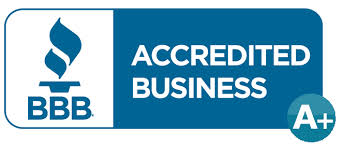Step 1: Assess the Damage
Start by reviewing all three credit reports from AnnualCreditReport.com. Identify negative items such as collections, charge-offs, or late payments. Partnering with a credit repair near me specialist helps you understand which items can be removed, negotiated, or rebuilt over time.Step 2: Catch Up on Current Payments
Bring all open accounts current as soon as possible. Late payments are one of the most damaging credit factors, but consistent on-time payments can quickly begin to restore trust with lenders. Even paying minimums counts toward rebuilding momentum.Step 3: Use Secured Credit Wisely
If traditional credit cards or loans are out of reach, open a secured credit card or credit-builder loan. These accounts report positive activity each month, proving you can manage credit responsibly. Local credit repair companies often guide clients through this stage to ensure the accounts report to all three bureaus.Step 4: Manage Utilization Ratios
Keep balances under 30% of your available credit limit. High utilization signals risk and lowers scores, while maintaining low balances shows financial control. Superior Credit Repair provides monthly tracking and progress reviews to keep clients on target.Step 5: Create a Budget That Works
Rebuilding credit requires consistency. A structured budget helps you prioritize bills, plan for emergencies, and avoid missed payments. Tools like the “50/30/20” rule (needs/wants/savings) can simplify management and improve long-term stability.Ready to Rebuild Your Credit?
Superior Credit Repair helps clients recover from financial hardship through strategic disputes, budgeting tools, and positive re-establishment programs.

